Fall transforms gardens into breathtaking displays of color, texture, and seasonal beauty. As summer heat fades and crisp autumn air arrives, gardeners have exciting opportunities to create stunning outdoor spaces that celebrate the season's unique charm. Fall gardens aren't just about pumpkins and mums—they encompass diverse themes from container displays and vegetable harvests to perennial borders and wildlife habitats. Whether you're planning container arrangements, establishing cold-weather crops, or preparing beds for winter, autumn offers perfect conditions for creative garden design. These comprehensive fall garden ideas will help you maximize your outdoor space's potential during this magical season.
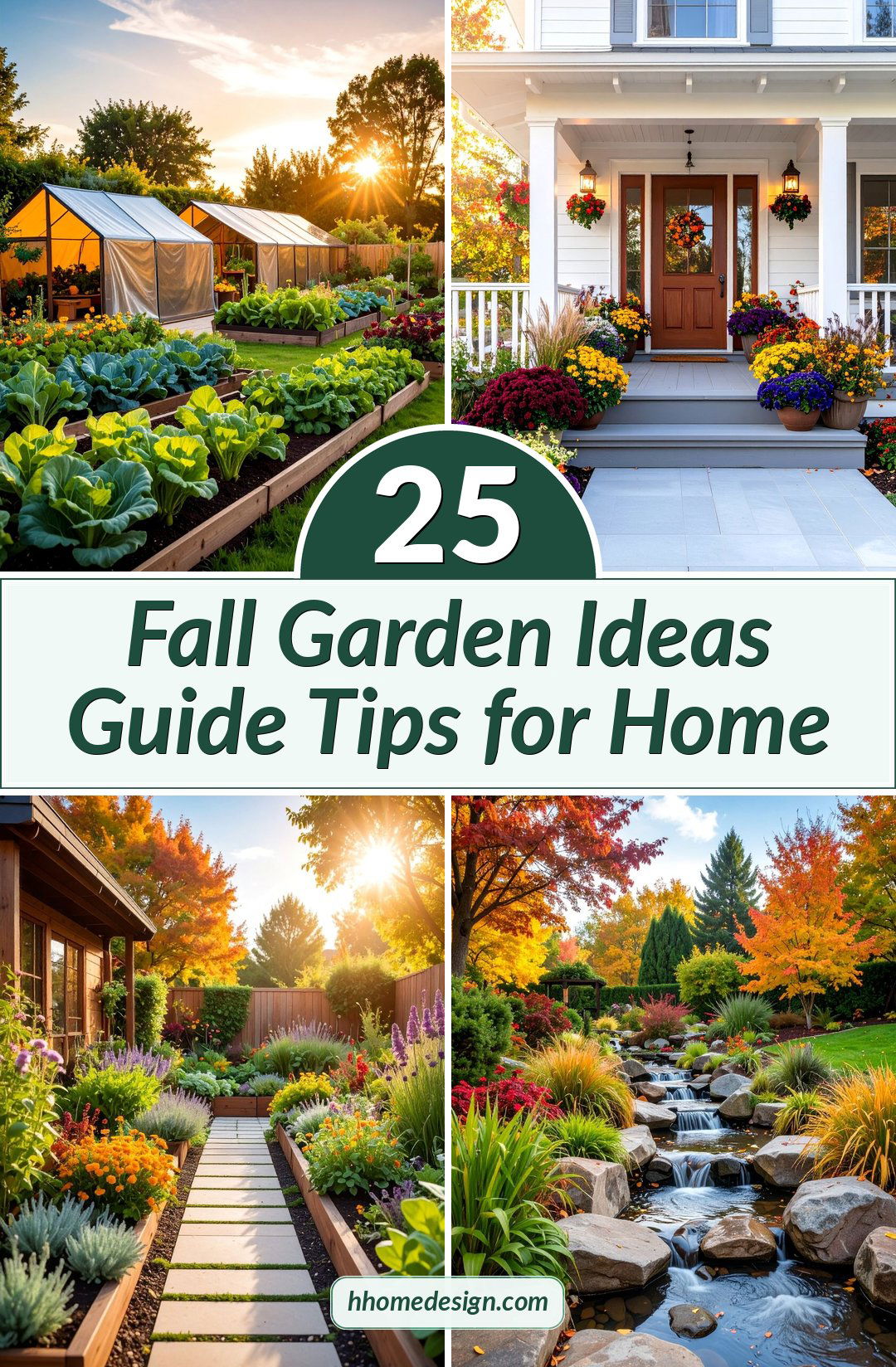
1. Fall Container Garden with Seasonal Color Palette
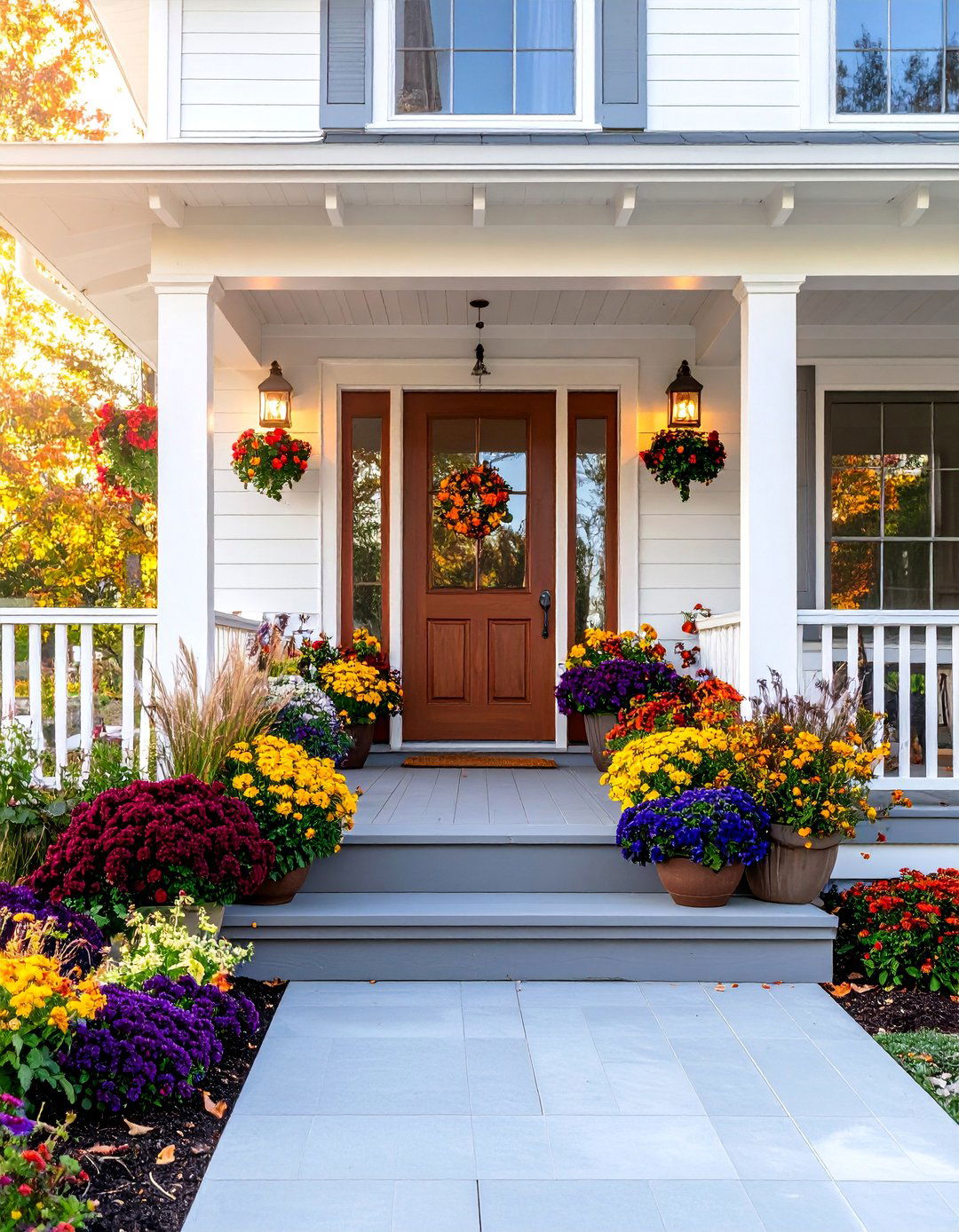
Container gardens shine in autumn with carefully selected plants that embrace the season's warm color palette. Combine burgundy ornamental kale, golden mums, deep purple pansies, and trailing sweet potato vines in large planters to create stunning focal points. Add ornamental grasses like fountain grass for movement and texture, while incorporating mini pumpkins and gourds as natural accents. Layer plants using the thriller-filler-spiller technique, placing tall grasses or celosia as centerpieces, surrounding them with compact mums and kale, then adding cascading elements like ivy or creeping jenny. These portable displays work perfectly on porches, patios, and entryways, providing flexibility to rearrange as needed throughout the season.
2. Cool-Season Vegetable Garden with Extended Harvest
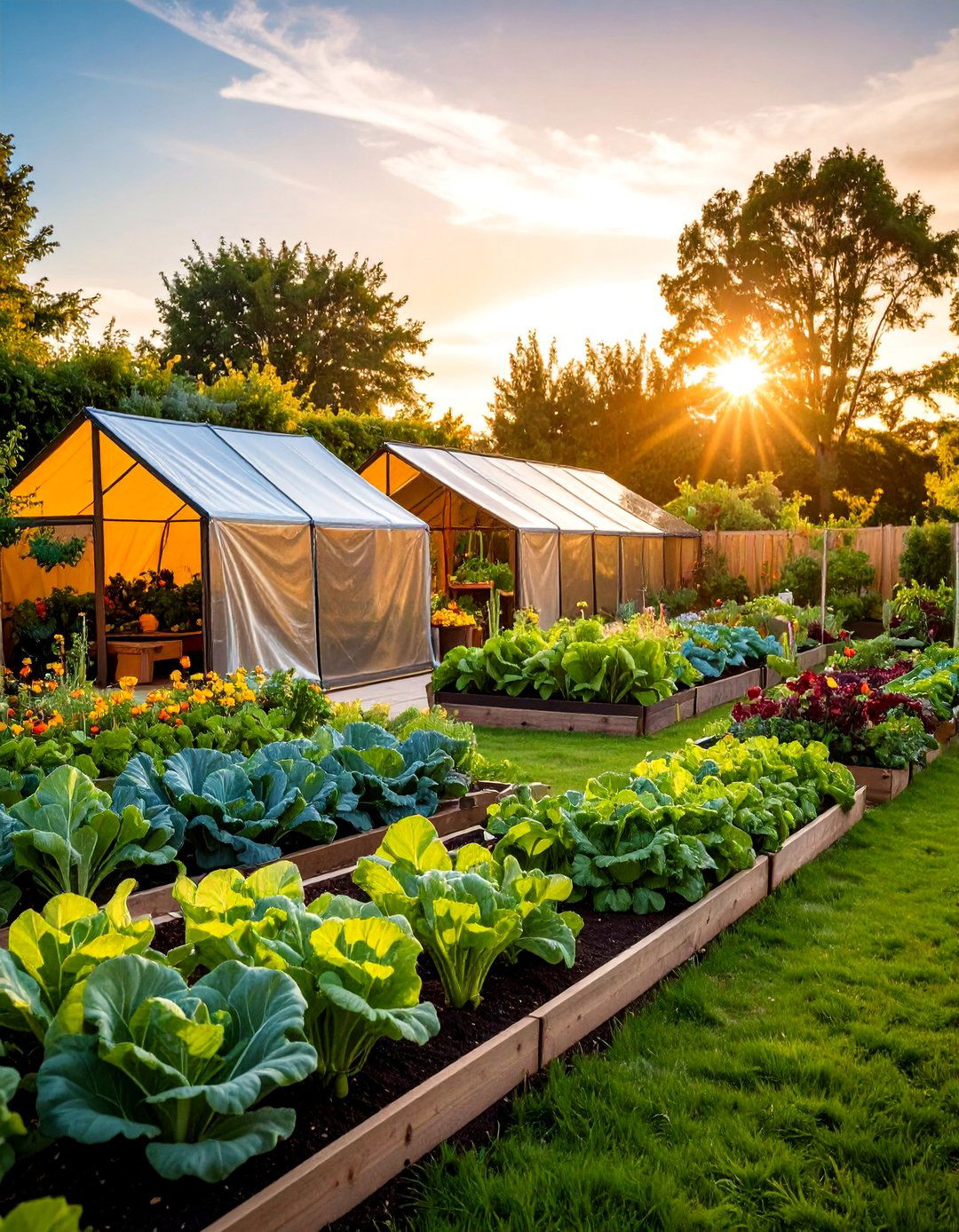
Create a productive fall vegetable garden by planting cold-hardy crops that thrive in cooler temperatures and actually improve in flavor after light frosts. Focus on leafy greens like kale, spinach, and arugula, root vegetables including carrots, beets, and radishes, plus brassicas such as broccoli, cauliflower, and Brussels sprouts. Plan succession plantings for continuous harvests, staggering sowings every two weeks for lettuce and spinach. Use row covers or cold frames to extend the growing season well into winter. Add companion plants like marigolds and nasturtiums for pest control and visual appeal. This garden provides fresh, nutrient-rich produce when most other gardens have finished producing.
3. Native Fall Wildflower Meadow Garden
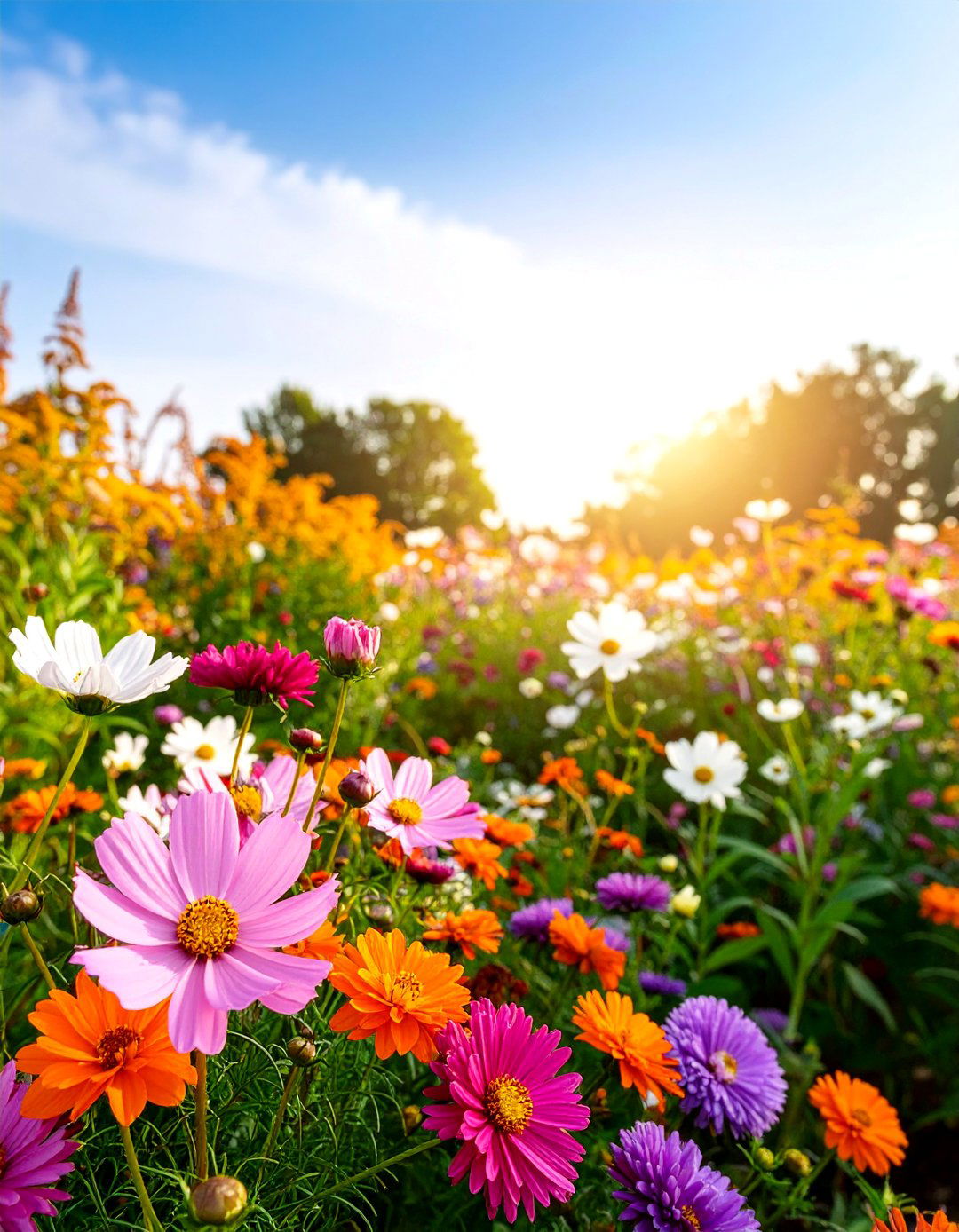
Design a low-maintenance native wildflower garden that supports local wildlife while showcasing autumn's natural beauty. Plant native fall-blooming species like New England asters, goldenrod, joe-pye weed, and ironweed that provide crucial late-season nectar for pollinators. Include ornamental grasses such as little bluestem and switchgrass for structure and winter interest. Allow seed heads to remain standing through winter to feed birds and shelter beneficial insects. This naturalized approach requires minimal intervention once established, creating a sustainable ecosystem that changes beautifully throughout the seasons. Combine different height plants for layered visual interest, with tall joe-pye weed in back, medium asters in middle, and shorter wildflowers in front.
4. Fall Perennial Border with Succession Blooms

Establish a perennial border designed specifically for autumn color through strategic plant selection and timing. Include late-blooming perennials like autumn joy sedum, fall-blooming anemones, hardy chrysanthemums, and reblooming daylilies. Add plants valued for fall foliage such as coral bells with colorful leaves, ornamental grasses that turn golden, and perennials that develop burgundy autumn tints. Plan for continuous color by incorporating plants that bloom at different times from late summer through frost. Include structural elements like ornamental grasses and evergreen shrubs for year-round interest. This border provides months of changing beauty as different plants take center stage, creating a dynamic landscape that evolves throughout autumn.
5. Autumn Herb and Kitchen Garden Design

Create a functional autumn herb garden combining culinary herbs with edible flowers and late-season vegetables. Plant cold-hardy herbs like sage, thyme, oregano, and rosemary alongside fall vegetables such as Brussels sprouts and winter squash. Include edible flowers like pansies and nasturtiums for colorful garnishes. Design raised beds or containers for easy harvesting and maintenance during cooler weather. Add protective structures like cold frames or hoop tunnels to extend the growing season for tender herbs. Incorporate aromatic plants that release fragrance when brushed against, creating a sensory experience. This practical garden provides fresh ingredients for autumn cooking while maintaining visual appeal through attractive combinations of textures, colors, and forms.
6. Fall Bulb Planting Garden for Spring Display
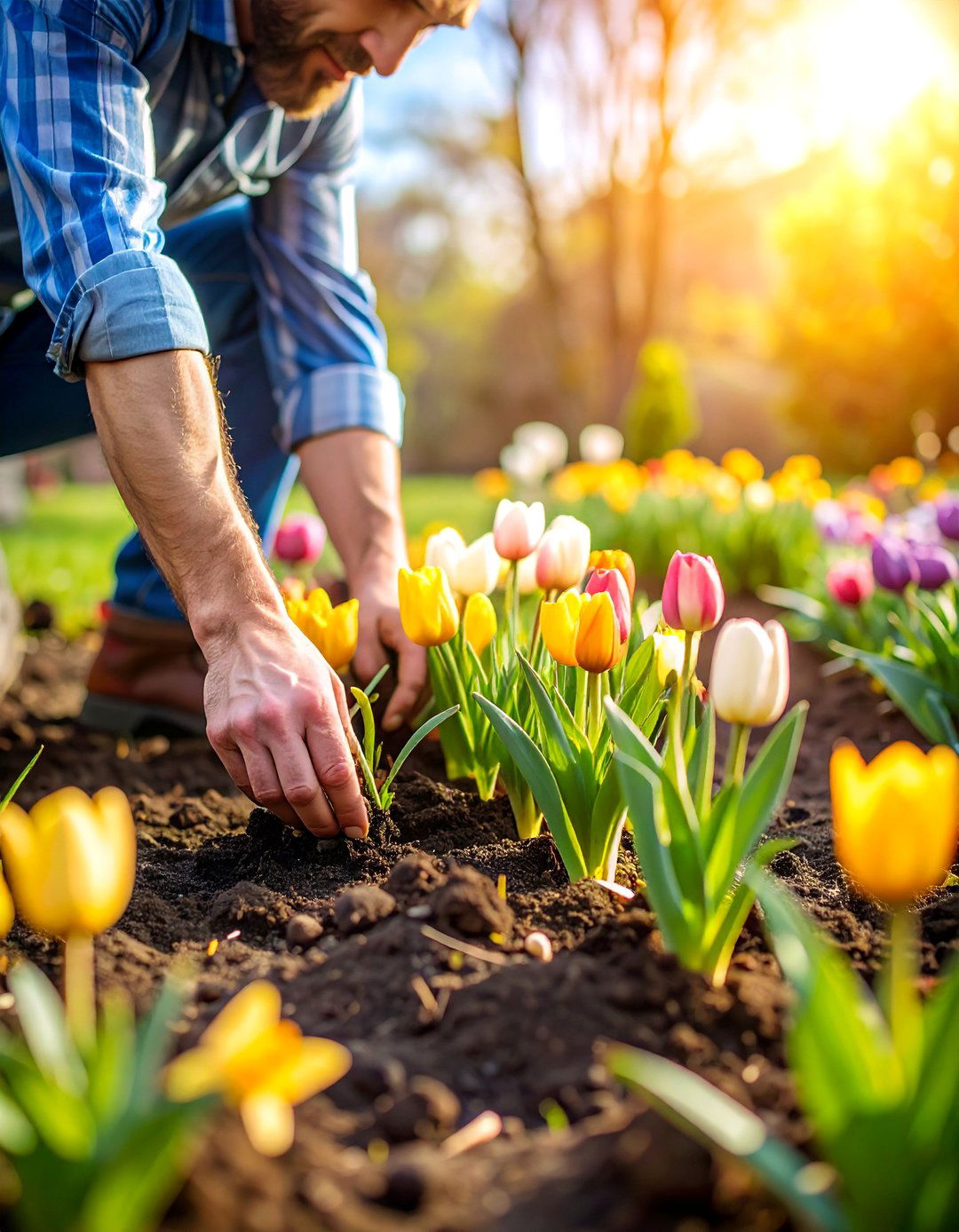
Design a comprehensive bulb planting strategy that creates spectacular spring displays while adding structure to the fall garden. Plant tulips, daffodils, crocuses, and hyacinths in naturalized drifts rather than formal rows for more natural appearance. Layer bulbs at different depths for extended blooming periods, placing larger bulbs deeper and smaller ones above. Combine early, mid, and late-season varieties to ensure continuous color from late winter through late spring. Mark planting areas to avoid disturbing bulbs during spring garden work. Include companion perennials that will emerge as bulbs fade, creating seamless transitions. This forward-thinking approach transforms the fall planting season into an investment in next year's garden beauty.
7. Ornamental Grass Showcase Garden
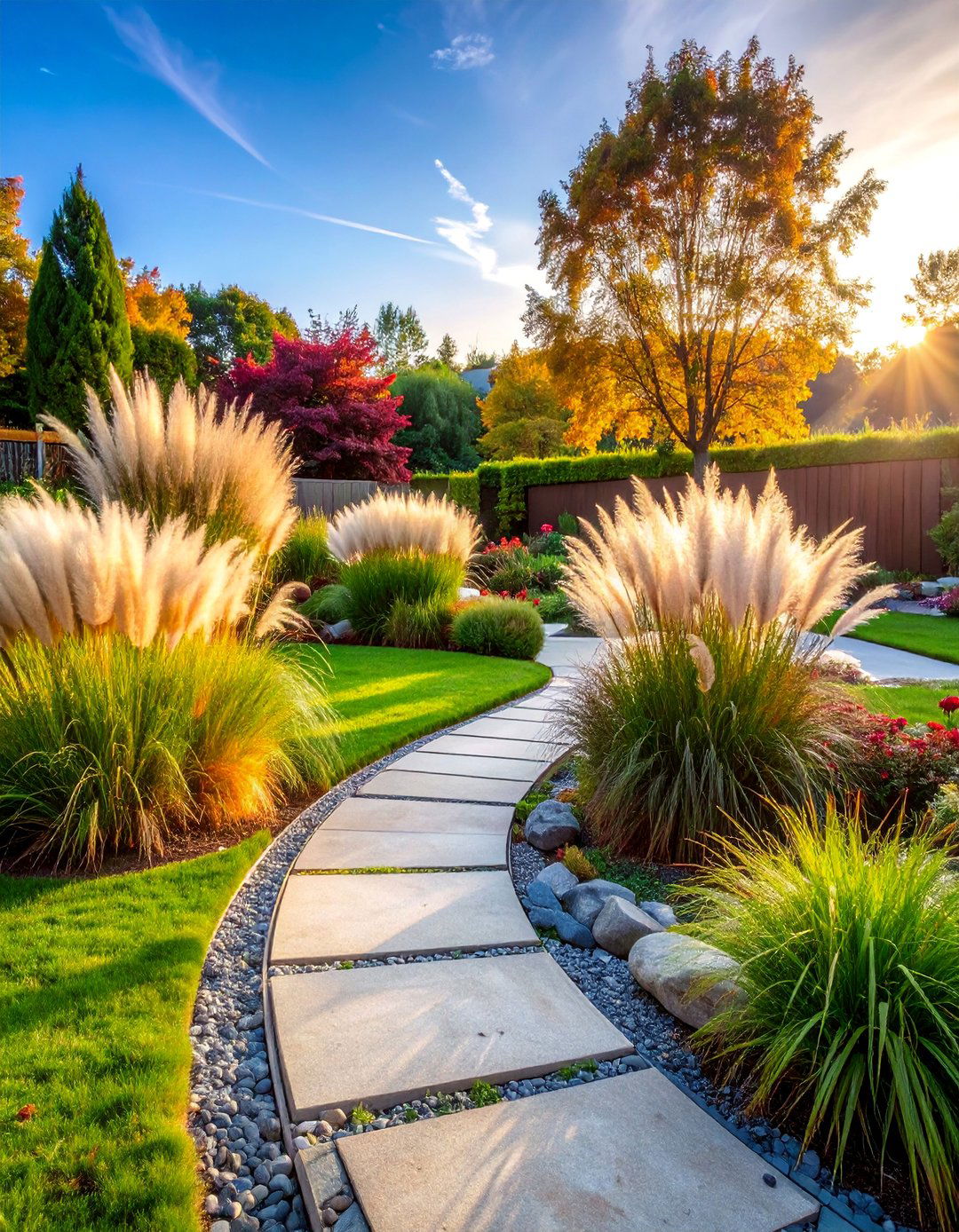
Develop a sophisticated garden featuring ornamental grasses as primary design elements, showcasing their autumn transformation and winter persistence. Include varieties like miscanthus, fountain grass, feather reed grass, and Japanese forest grass for diverse textures and heights. Combine grasses with complementary perennials such as sedums, asters, and late-blooming roses. Plant in masses for dramatic impact, using tall grasses as backdrops and shorter varieties as borders. These grasses provide movement in autumn breezes, catch morning frost beautifully, and maintain structure through winter. Add lighting to highlight their architectural qualities during shorter fall days. This modern approach creates year-round interest with minimal maintenance requirements while providing habitat for birds and beneficial insects.
8. Fall Chrysanthemum Display Garden
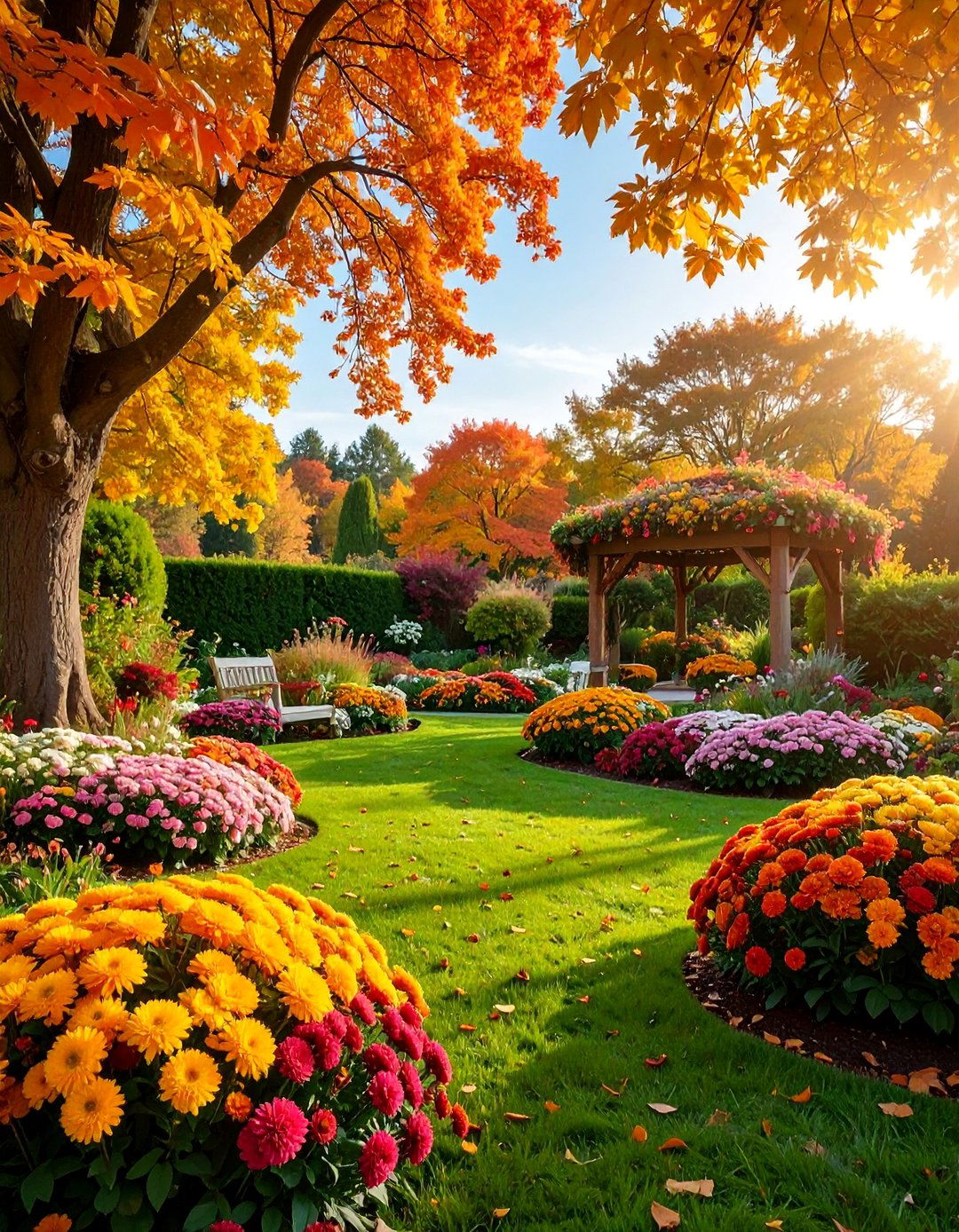
Create a dedicated chrysanthemum garden showcasing the incredible diversity of fall's signature flower in various forms and colors. Design formal beds featuring different mum types including cushion, decorative, pompon, and spider varieties in coordinated color schemes. Combine traditional autumn colors like bronze, gold, and burgundy with unexpected hues such as white, pink, and purple. Add supporting plants like ornamental kale and flowering cabbage for textural contrast. Include hardscape elements like decorative planters and garden ornaments that complement the flowers' rich colors. Plan for succession blooms by selecting early, mid, and late-season varieties. This celebration of autumn's most iconic flower creates a festival-like atmosphere that embodies the season's abundant beauty.
9. Fall Tree and Shrub Foliage Garden

Design a landscape specifically focused on autumn foliage display, selecting trees and shrubs renowned for spectacular fall color. Include sugar maples for brilliant orange and red, dogwoods for deep burgundy, and serviceberries for orange-red autumn display. Add shrubs like burning bush, oakleaf hydrangea, and viburnum for mid-level color. Plant understory perennials that complement fall foliage colors, such as purple asters beneath yellow-leaved trees. Consider sight lines from windows and outdoor seating areas to maximize impact. This long-term investment creates increasingly dramatic displays each year as plants mature. Include evergreens for contrast and year-round structure, highlighting the deciduous plants' seasonal transformation.
10. Fall Wildlife Habitat Garden
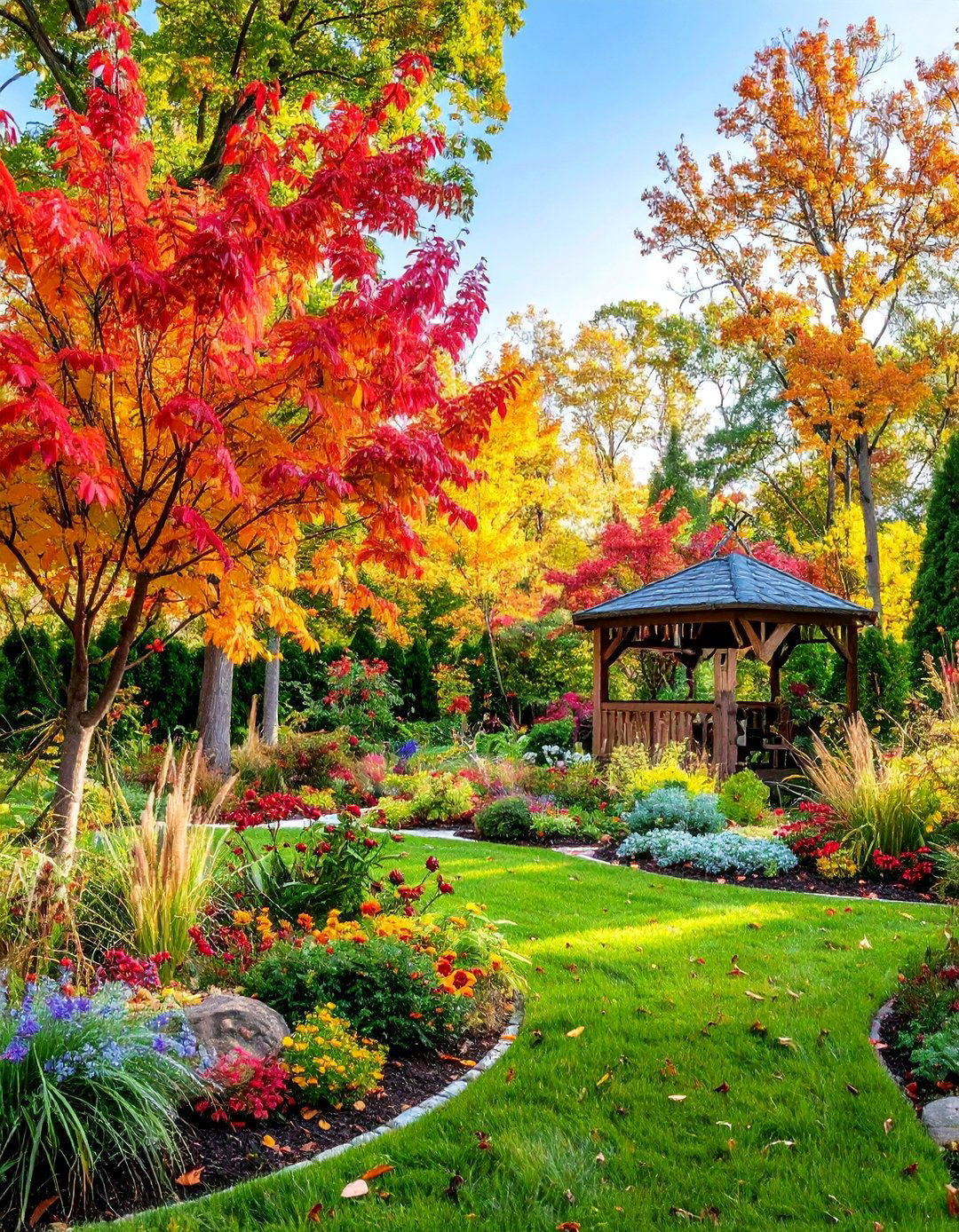
Establish a garden designed specifically to support wildlife during autumn migration and winter preparation periods. Plant native trees and shrubs that produce berries and nuts, such as elderberry, sumac, oak, and hazelnut. Include seed-producing flowers like coneflowers, black-eyed susans, and sunflowers that provide food for birds. Add water sources like shallow basins or recirculating fountains. Create shelter areas with brush piles and dense shrub plantings. Leave seed heads standing through winter rather than cutting back in fall. Include plants that support butterfly larvae and beneficial insects. This ecological approach creates a functioning ecosystem that benefits both wildlife and human observers while requiring minimal intervention once established.
11. Autumn Cutting Garden for Indoor Arrangements

Design a productive cutting garden featuring flowers, foliage, and branches perfect for autumn indoor arrangements. Plant dahlias, cosmos, marigolds, and zinnias for vibrant cut flowers, alongside ornamental grasses and interesting seed pods. Include shrubs like ninebark and beauty berry for colorful branches. Add fragrant herbs like lavender and rosemary for aromatic elements. Plan succession plantings to ensure continuous supply of fresh materials. Create dedicated growing areas with good access for harvesting. Include flowers with good vase life and interesting forms. This practical garden provides materials for seasonal decorating while maintaining visual appeal in the landscape. Store harvesting tools and conditioning supplies nearby for convenient flower arranging.
12. Fall Succulent and Drought-Tolerant Garden

Create a water-wise fall garden featuring cold-hardy succulents and drought-tolerant plants that provide autumn interest. Include hardy sedums that bloom in fall with pink and burgundy flower clusters, combined with ornamental grasses and silver-leafed plants like artemisia. Add structural elements like yucca and agave in containers that can be moved to protection if needed. Design with gravel mulch and decorative stones for drainage and visual appeal. This low-maintenance approach works well in challenging growing conditions while providing unique textural combinations. Include late-blooming perennials like Russian sage and autumn joy sedum that complement the succulent forms while adding seasonal color.
13. Fall Moss and Shade Garden Retreat
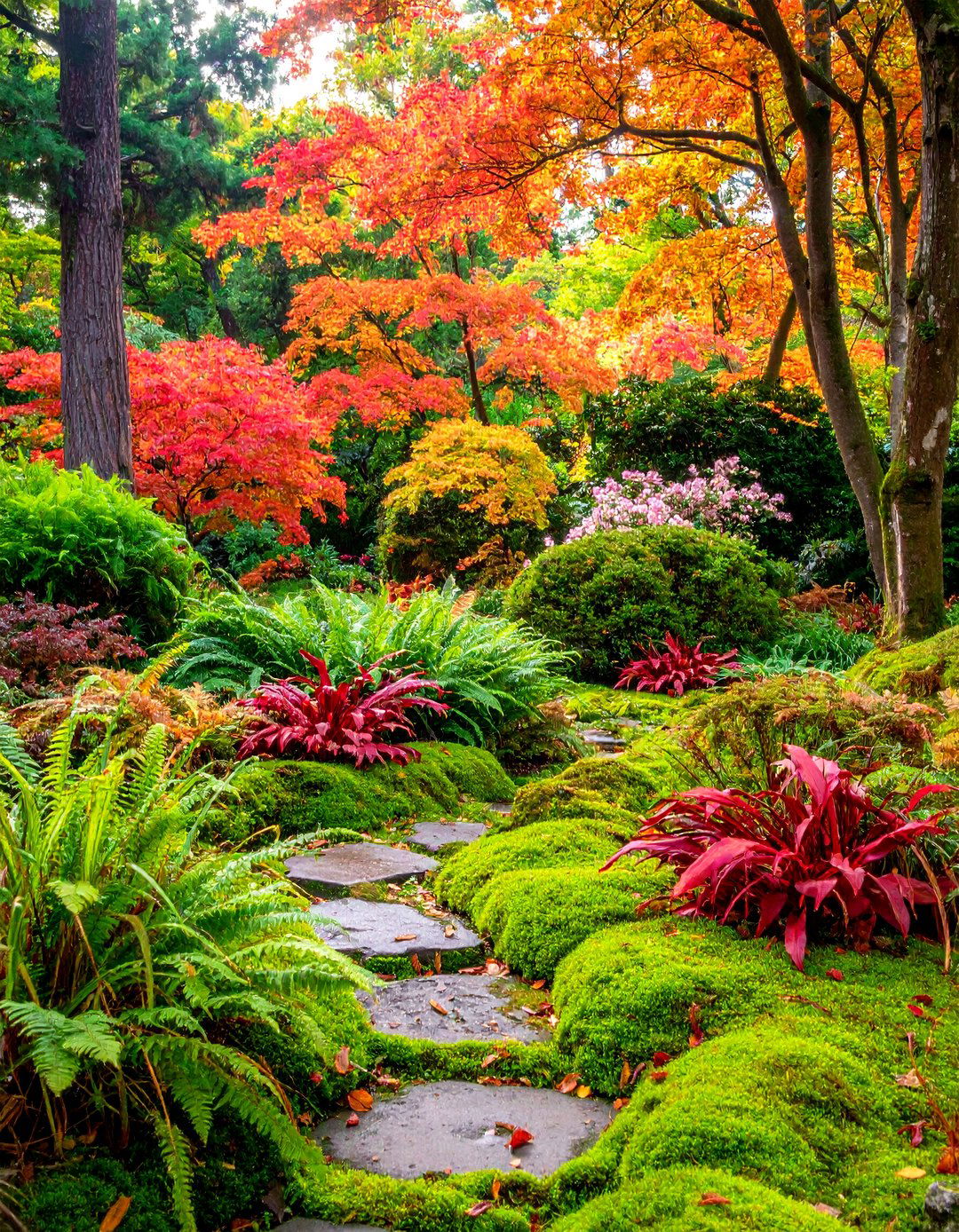
Develop a tranquil shade garden featuring mosses, ferns, and shade-loving plants that create a peaceful autumn retreat. Encourage natural moss growth on stones and tree bases while adding shade perennials like coral bells, astilbe, and hostas with colorful fall foliage. Include flowering plants like autumn-blooming camellias and witch hazel for seasonal interest. Add seating areas with natural materials like stone or wood that complement the garden's organic feel. This contemplative space provides respite from busy autumn activities while showcasing the subtle beauty of shade plants. Include water features like small fountains or reflecting pools to enhance the peaceful atmosphere.
14. Fall Edible Landscape with Ornamental Appeal
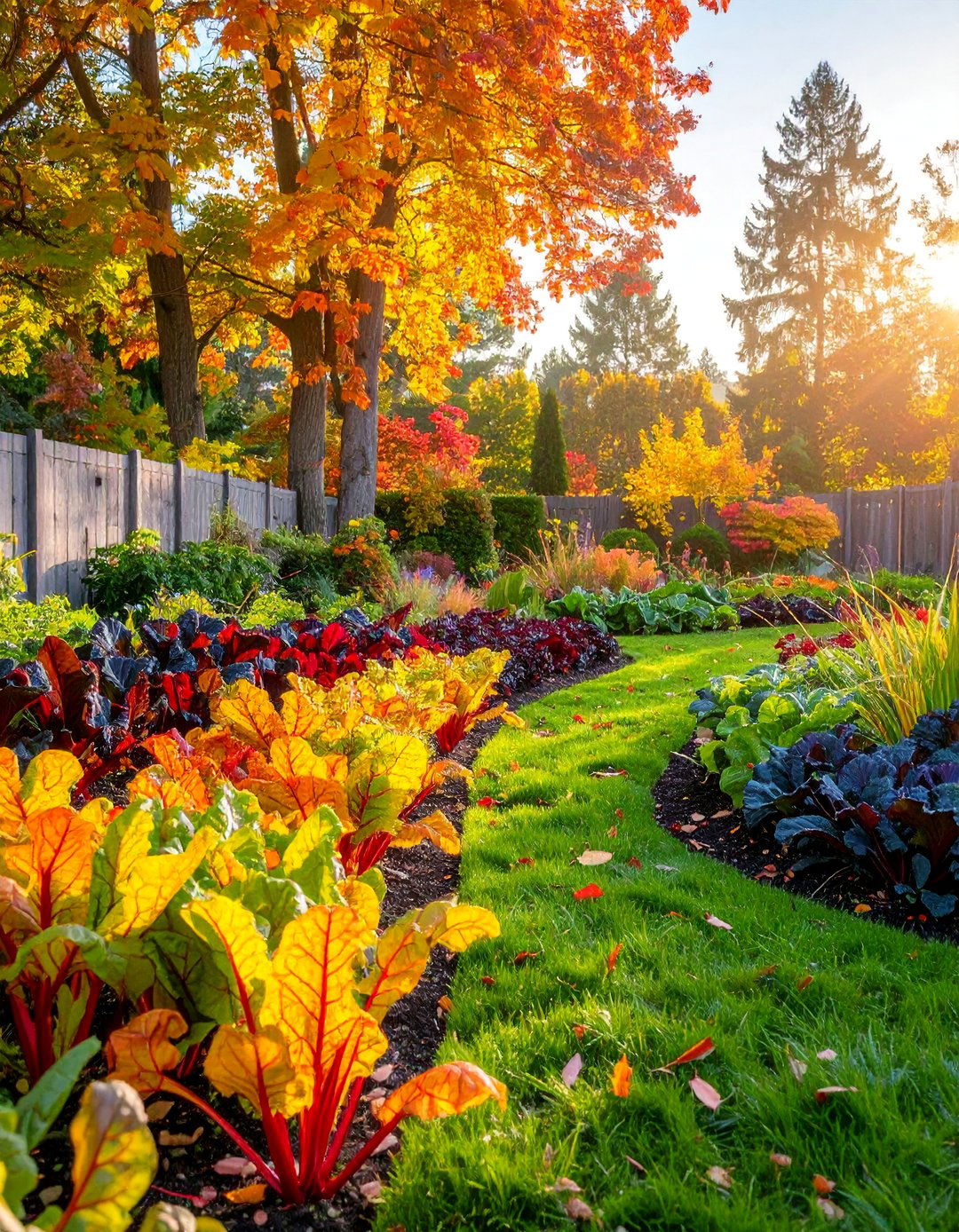
Design an edible landscape that combines food production with ornamental beauty using attractive edible plants. Include colorful Swiss chard, purple kale, and rainbow carrots as ornamental elements in mixed borders. Add fruit trees and berry bushes that provide both harvest and seasonal interest through flowers, fruit, and fall foliage. Plant culinary herbs with attractive flowers and foliage like bronze fennel, purple basil, and variegated sage. This approach maximizes garden productivity while maintaining visual appeal throughout the seasons. Include dwarf fruit trees suitable for small spaces and consider vertical growing methods like trellises for climbing edibles.
15. Fall Composting and Soil Building Garden
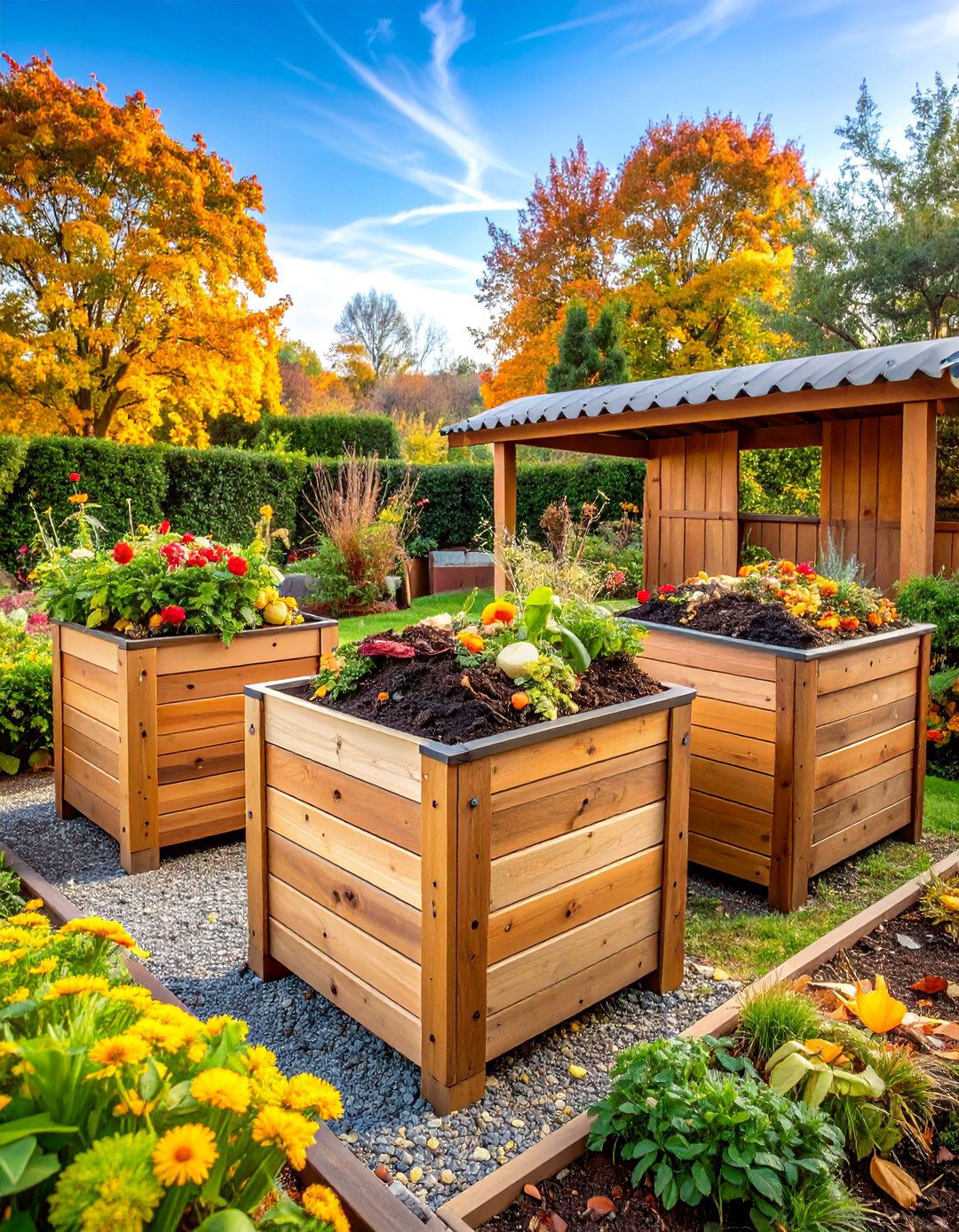
Create a comprehensive composting system that transforms fall garden waste into valuable soil amendments while maintaining an attractive appearance. Design three-bin composting systems for continuous decomposition cycles, surrounded by attractive screening plants or decorative fencing. Include areas for leaf mold production and sheet mulching new beds. Add tool storage for maintenance equipment. Plant cover crops in unused vegetable garden areas to improve soil structure over winter. This sustainable approach reduces waste while building soil health for future growing seasons. Include educational signage about composting benefits and proper techniques for visiting friends and family.
16. Fall Moon Garden with Night-Blooming Elements
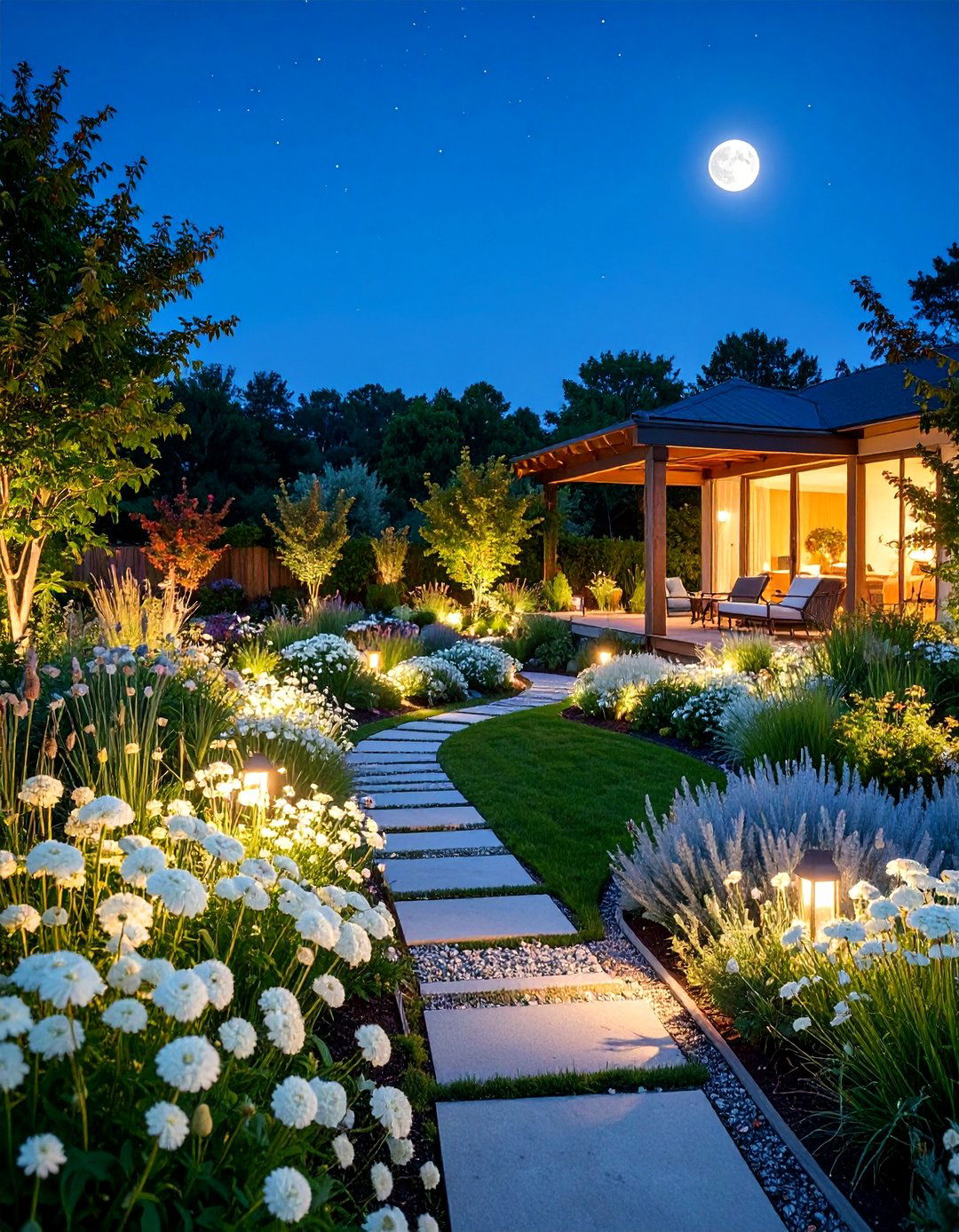
Design a specialized garden for evening enjoyment featuring white and light-colored flowers that glow in moonlight and artificial illumination. Plant white fall flowers like autumn anemones, white asters, and pale chrysanthemums alongside silver-foliaged plants like lamb's ear and dusty miller. Add night-blooming plants and those with evening fragrance such as night-blooming jasmine and four o'clocks. Include reflective elements like light-colored gravel paths and white garden furniture. Install subtle lighting to enhance the ethereal atmosphere during autumn's longer nights. This unique garden concept provides a magical space for evening relaxation and entertaining as daylight hours decrease.
17. Fall Meditation and Zen Garden Space
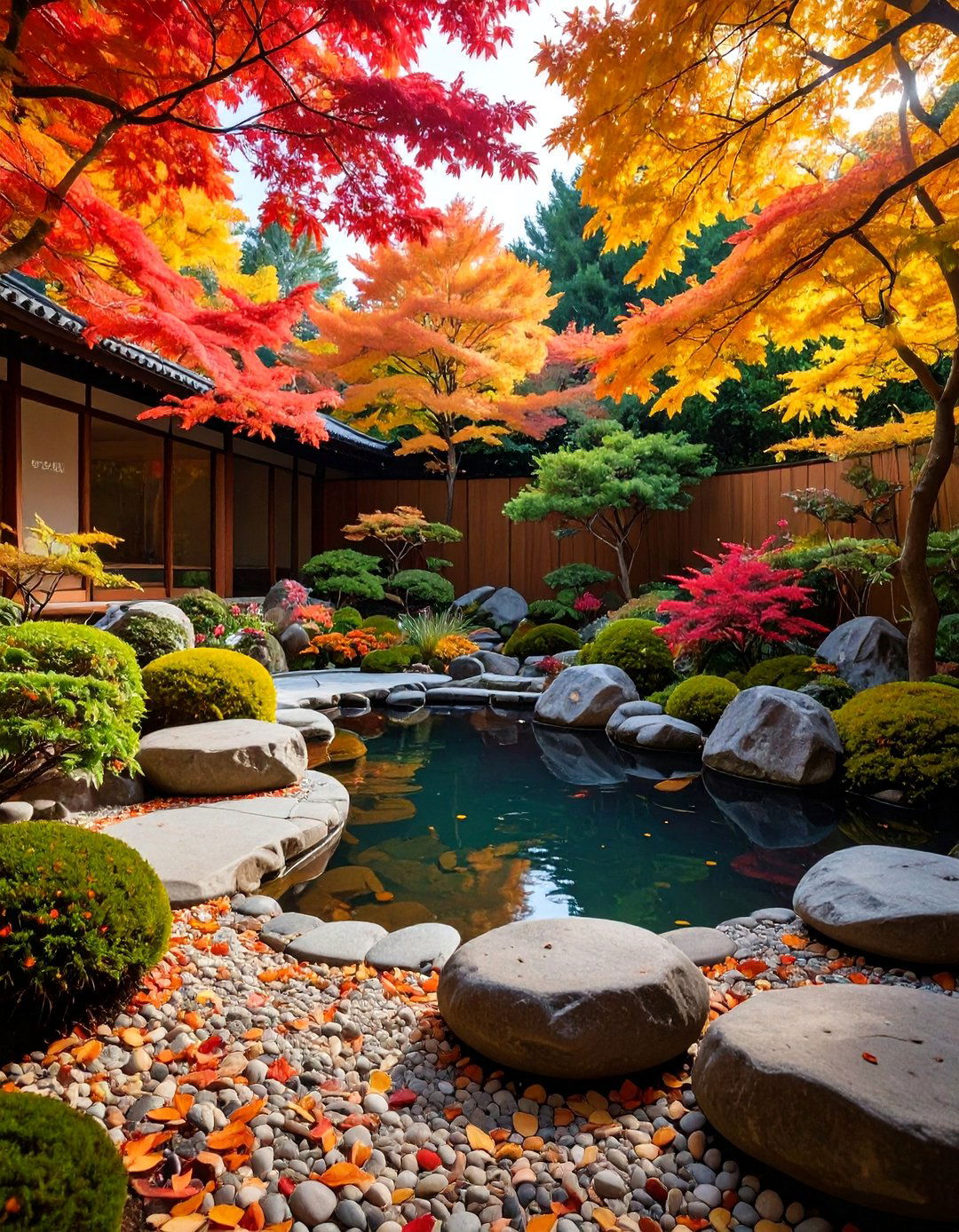
Create a minimalist fall garden designed for contemplation and stress relief using simple, natural elements. Include a few carefully chosen plants like ornamental grasses, evergreen shrubs, and seasonal accents such as hardy mums in subdued colors. Add natural materials like stones, gravel, and weathered wood for seating and pathways. Include a small water feature for soothing sounds. Keep plant selection simple and maintenance minimal to preserve the peaceful atmosphere. This garden philosophy emphasizes quality over quantity, creating a restful space that supports mental well-being during the potentially stressful fall season.
18. Fall Rain Garden for Water Management
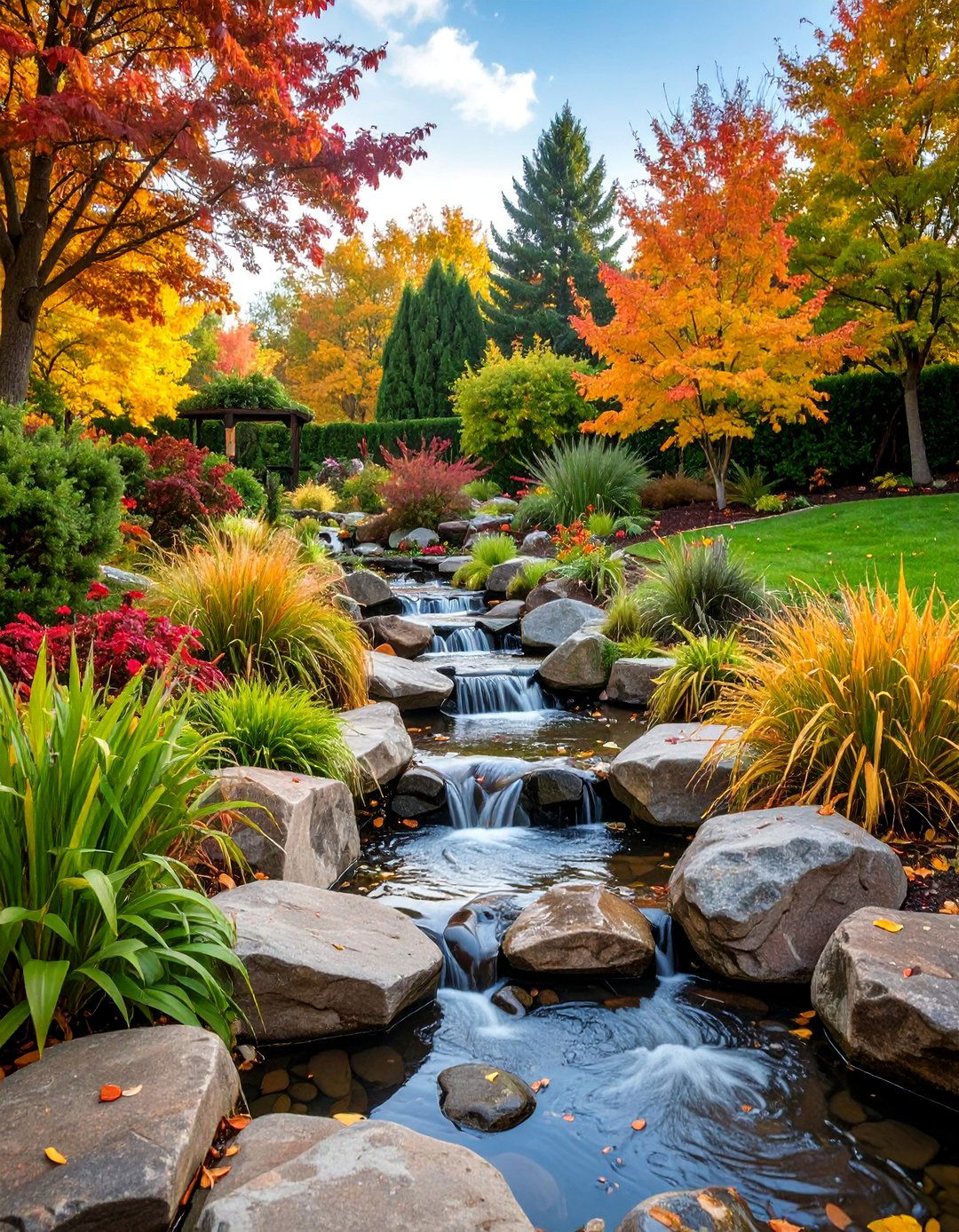
Design a functional rain garden that manages stormwater runoff while providing seasonal beauty through carefully selected water-loving plants. Include native plants like cardinal flower, blue flag iris, and swamp milkweed that thrive in periodically wet conditions. Add ornamental grasses and sedges for structure and texture. Design with gentle slopes that direct water flow and allow gradual infiltration. This environmentally beneficial garden addresses practical drainage issues while creating habitat for amphibians and water-loving insects. Include decorative elements like river rocks and weathered logs that complement the natural water management theme.
19. Fall Vertical Garden and Living Wall Display
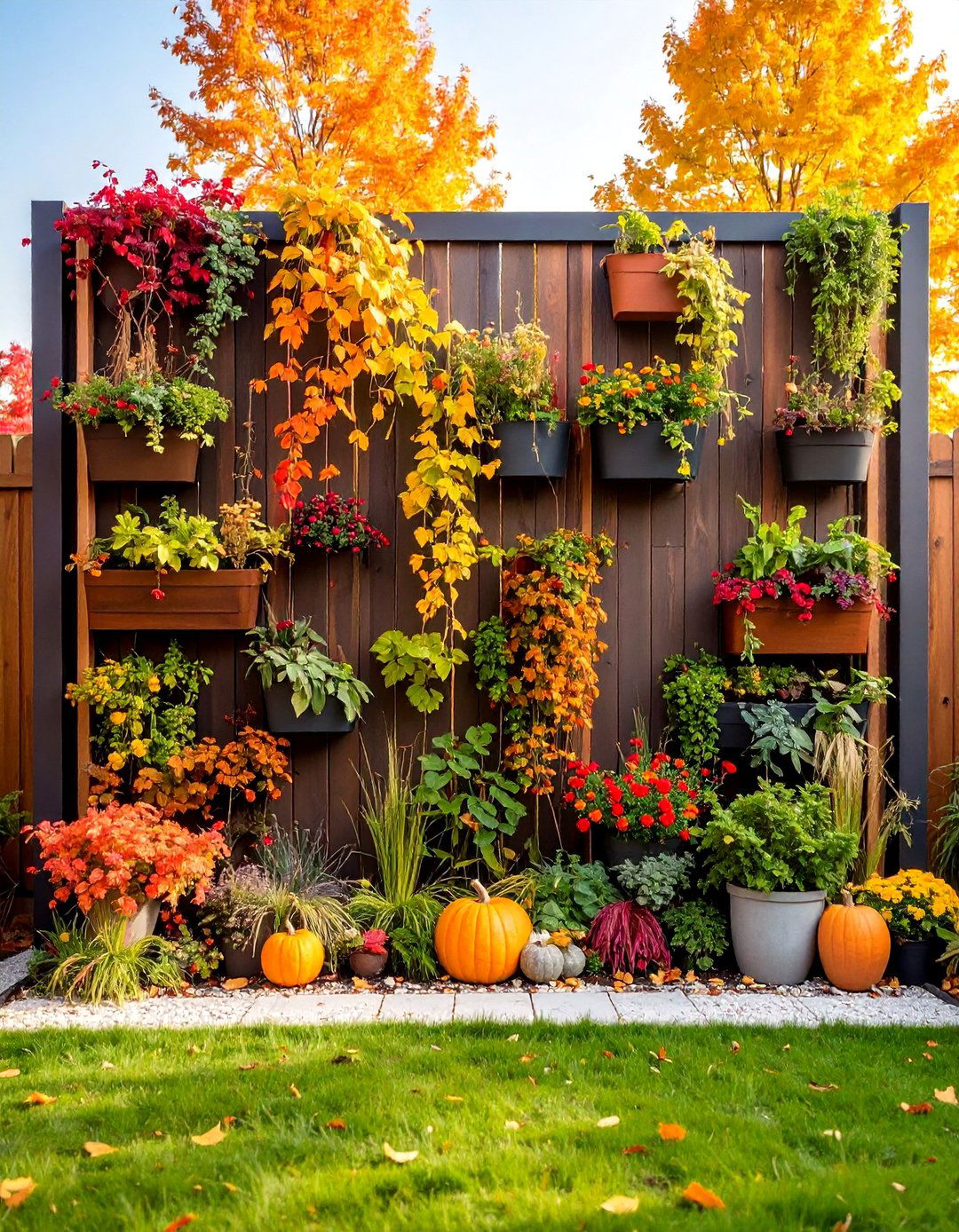
Create vertical growing space using trellises, wall planters, and living walls that maximize autumn planting opportunities in limited space. Include climbing plants like autumn clematis, hardy kiwi, and ornamental gourds. Add wall-mounted planters with trailing plants like ivy, winter-flowering pansies, and cascading succulents. Use vertical structures to support heavy feeders like winter squash and pole beans. This space-efficient approach works well for urban gardens and small spaces while adding architectural interest. Include irrigation systems for easy maintenance and consider seasonal changes in plant support needs.
20. Fall Children's Garden and Learning Space

Design an educational garden specifically for children featuring plants and activities that engage young gardeners during the autumn season. Include easy-to-grow plants like sunflowers, pumpkins, and colorful gourds that produce impressive results. Add sensory plants with interesting textures, scents, and sounds like lamb's ear, mint, and ornamental grasses. Create themed areas like pizza gardens with herbs and vegetables for making seasonal treats. Include tool storage sized for children and raised beds at appropriate heights. This interactive garden encourages learning about plant life cycles, seasonal changes, and sustainable gardening practices while providing hands-on experience with nature.
21. Fall Heirloom Variety Preservation Garden
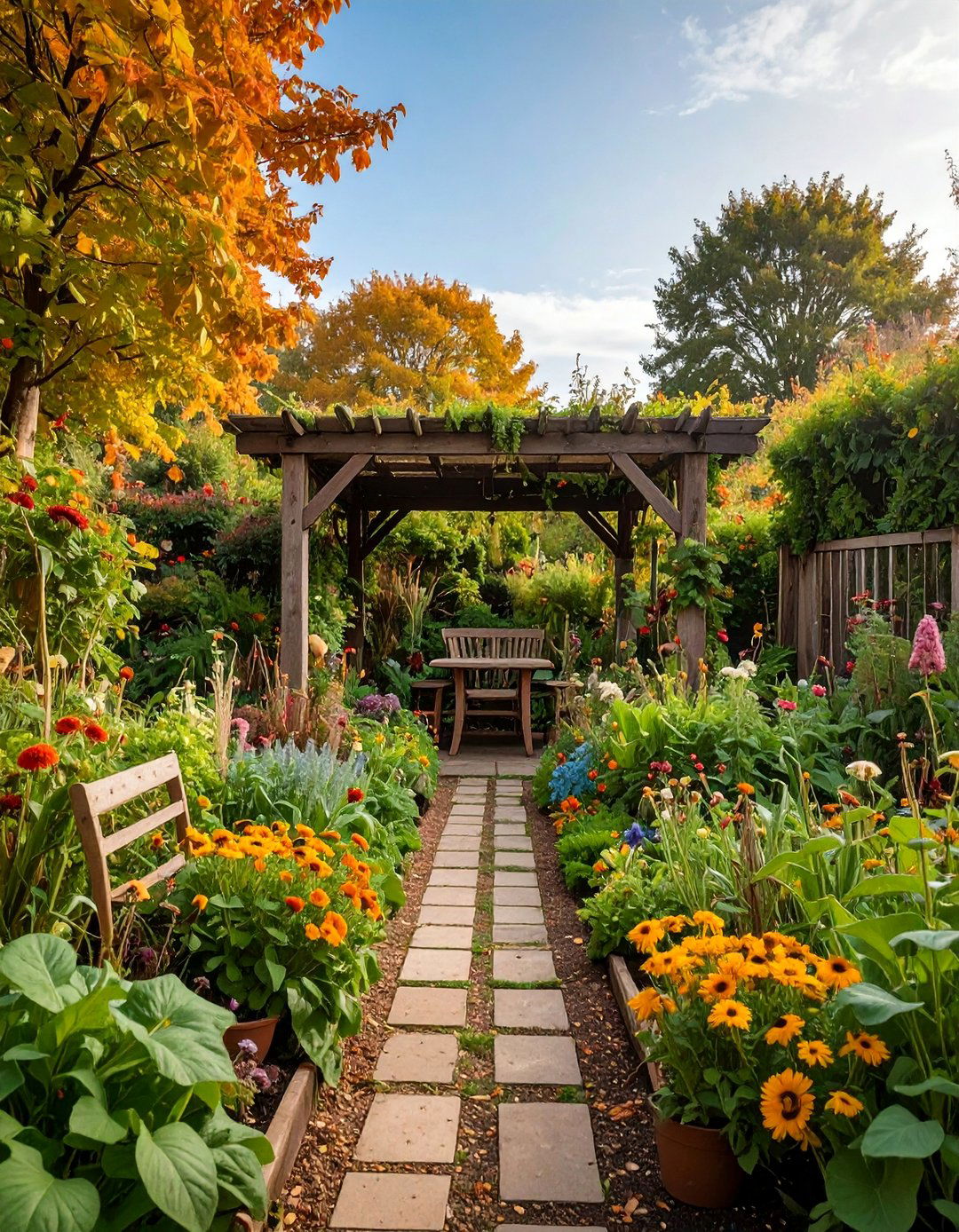
Establish a garden dedicated to preserving heirloom plant varieties while showcasing their unique characteristics and seasonal beauty. Include heritage apple trees, heirloom tomatoes, and historic flower varieties that may be disappearing from commercial cultivation. Save seeds from the best specimens for future planting and sharing with other gardeners. Add interpretive signage about the plants' history and cultural significance. This conservation-minded approach connects gardeners with agricultural heritage while preserving genetic diversity for future generations. Include traditional preservation techniques like drying herbs and flowers for winter use.
22. Fall Greenhouse and Season Extension Garden
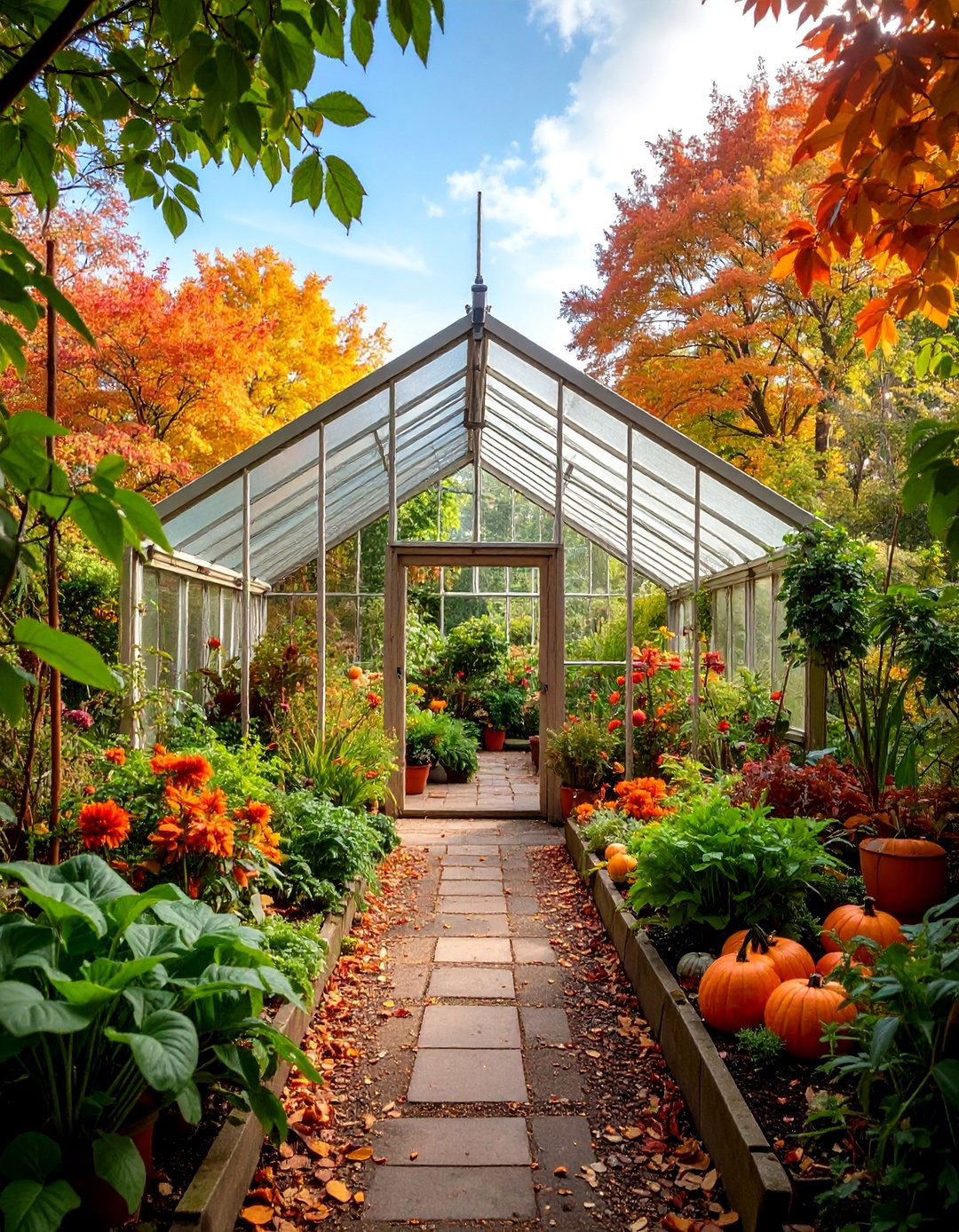
Create a comprehensive season extension system using greenhouses, cold frames, and protective structures that allow continued gardening through autumn and winter. Include unheated greenhouses for tender plants, cold frames for winter vegetable production, and row covers for in-ground protection. Plant cool-season vegetables and herbs that thrive in protected environments. Add thermal mass elements like water barrels to moderate temperature swings. This advanced growing approach extends harvest seasons and provides winter gardening opportunities. Include ventilation systems and monitoring equipment to maintain optimal growing conditions during variable fall weather.
23. Fall Pollinator Support and Bee Garden
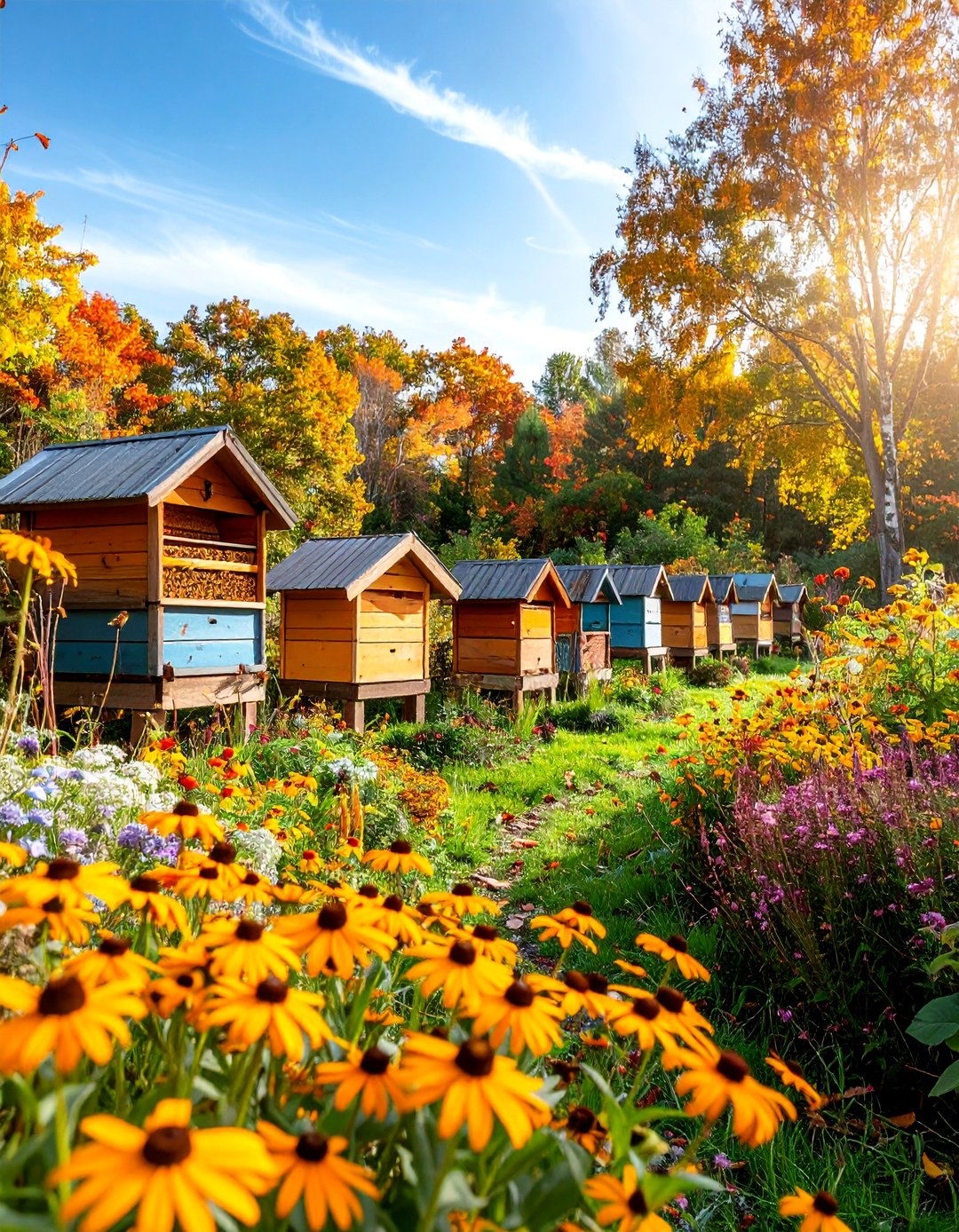
Design a specialized garden focused on supporting late-season pollinators with abundant nectar sources and overwintering habitat. Plant asters, goldenrod, joe-pye weed, and other native fall-blooming flowers that provide crucial late-season nutrition. Include diverse plant heights and blooming periods to support different pollinator species. Add nesting sites like bee hotels and brush piles for native bee species. Leave plant stems standing through winter to provide overwintering sites for beneficial insects. This ecological garden supports local pollinator populations while creating beautiful autumn displays. Include plants that provide both nectar and pollen sources.
24. Fall Therapeutic and Healing Garden

Create a garden designed specifically for health and wellness benefits using plants known for therapeutic properties and stress-reducing qualities. Include aromatic herbs like lavender, rosemary, and chamomile that provide calming scents. Add plants with healing traditions such as echinacea, calendula, and lemon balm. Design with accessible pathways and comfortable seating areas for people with mobility challenges. Include sensory elements like textured plants, wind chimes, and water features. This restorative garden provides physical and mental health benefits while maintaining beauty throughout the fall season. Consider partnerships with healthcare facilities or therapeutic programs.
25. Fall Garden Art and Sculpture Integration
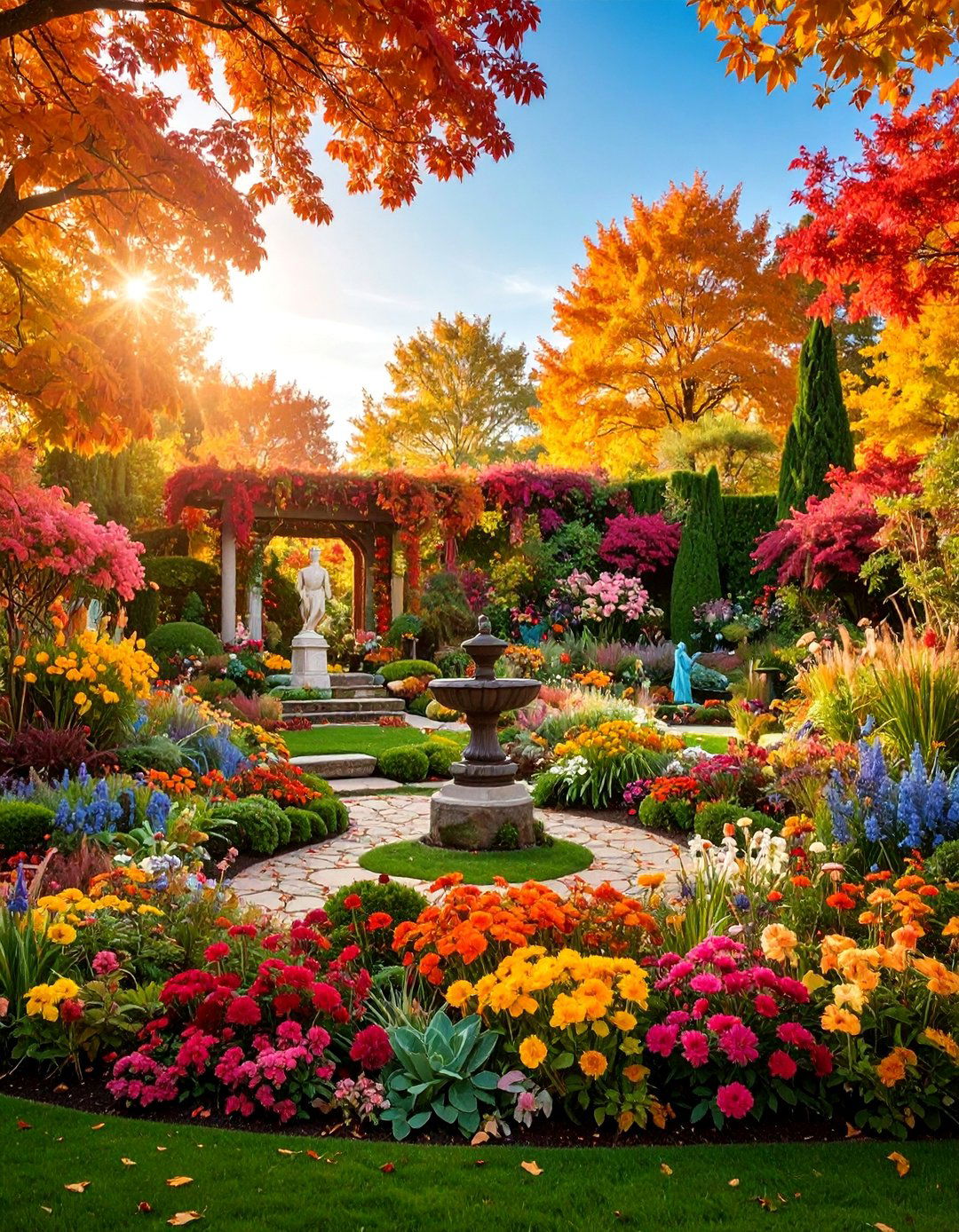
Design a garden that incorporates artistic elements seamlessly with autumn plantings to create an outdoor gallery experience. Include sculptural plants like ornamental grasses and interesting architectural perennials alongside garden art pieces. Add seasonal installations using natural materials like arranged stones, driftwood, and dried plant materials. Create focal points with carefully placed sculptures that complement rather than compete with plant displays. Include lighting to highlight both artistic and natural elements during autumn's shorter days. This creative approach transforms the garden into an ever-changing art installation that reflects both human creativity and natural beauty throughout the fall season.
Conclusion:
Fall gardens offer extraordinary opportunities to create beautiful, functional outdoor spaces that celebrate autumn's unique gifts. From productive vegetable harvests and vibrant container displays to wildlife habitats and artistic installations, these 25 ideas demonstrate the season's versatility. Whether you're interested in extending growing seasons, supporting local ecosystems, or simply enjoying autumn's spectacular colors, each concept provides a complete framework for seasonal garden success. The key lies in understanding your climate, space, and goals while embracing fall's natural rhythm of preparation and renewal.




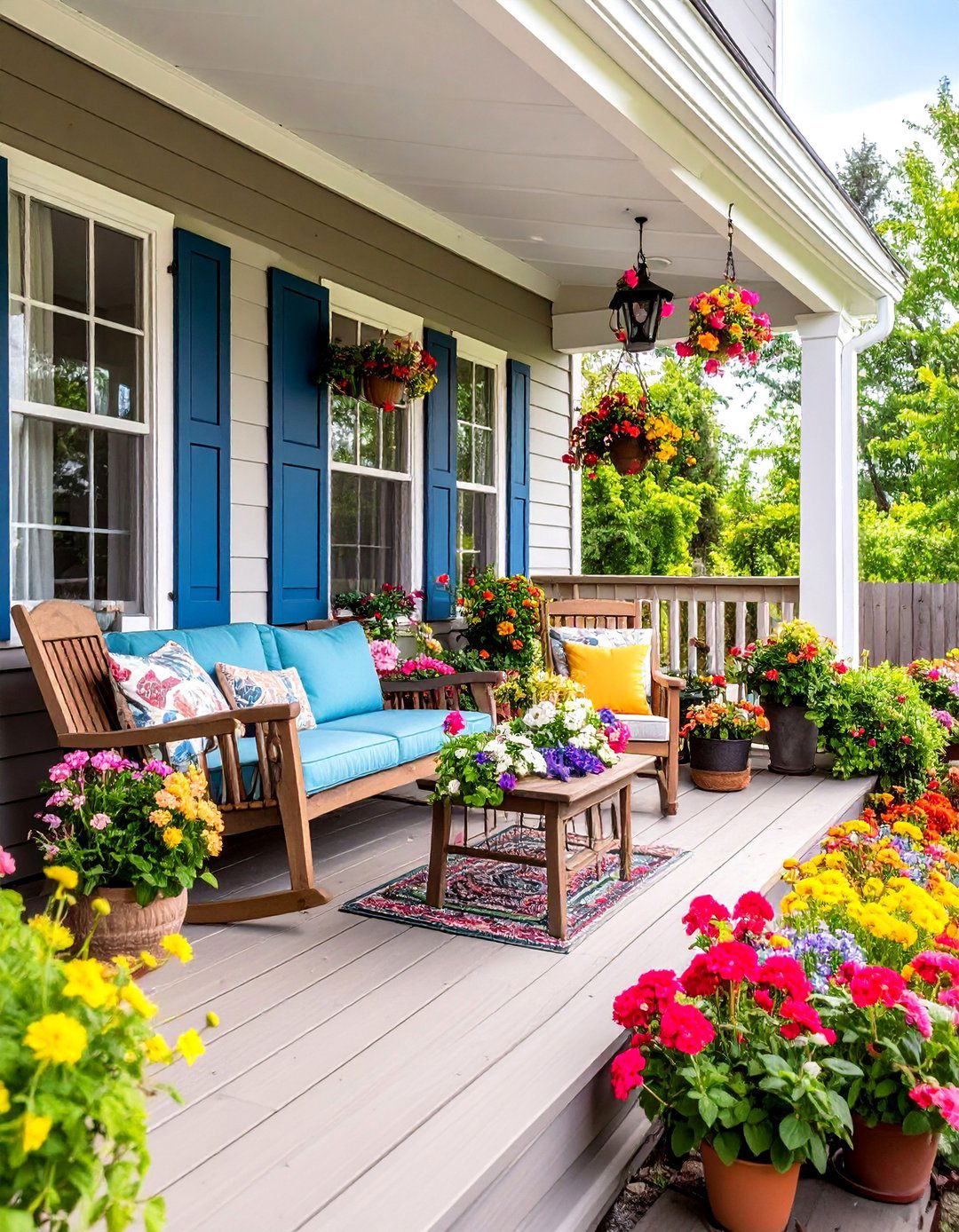

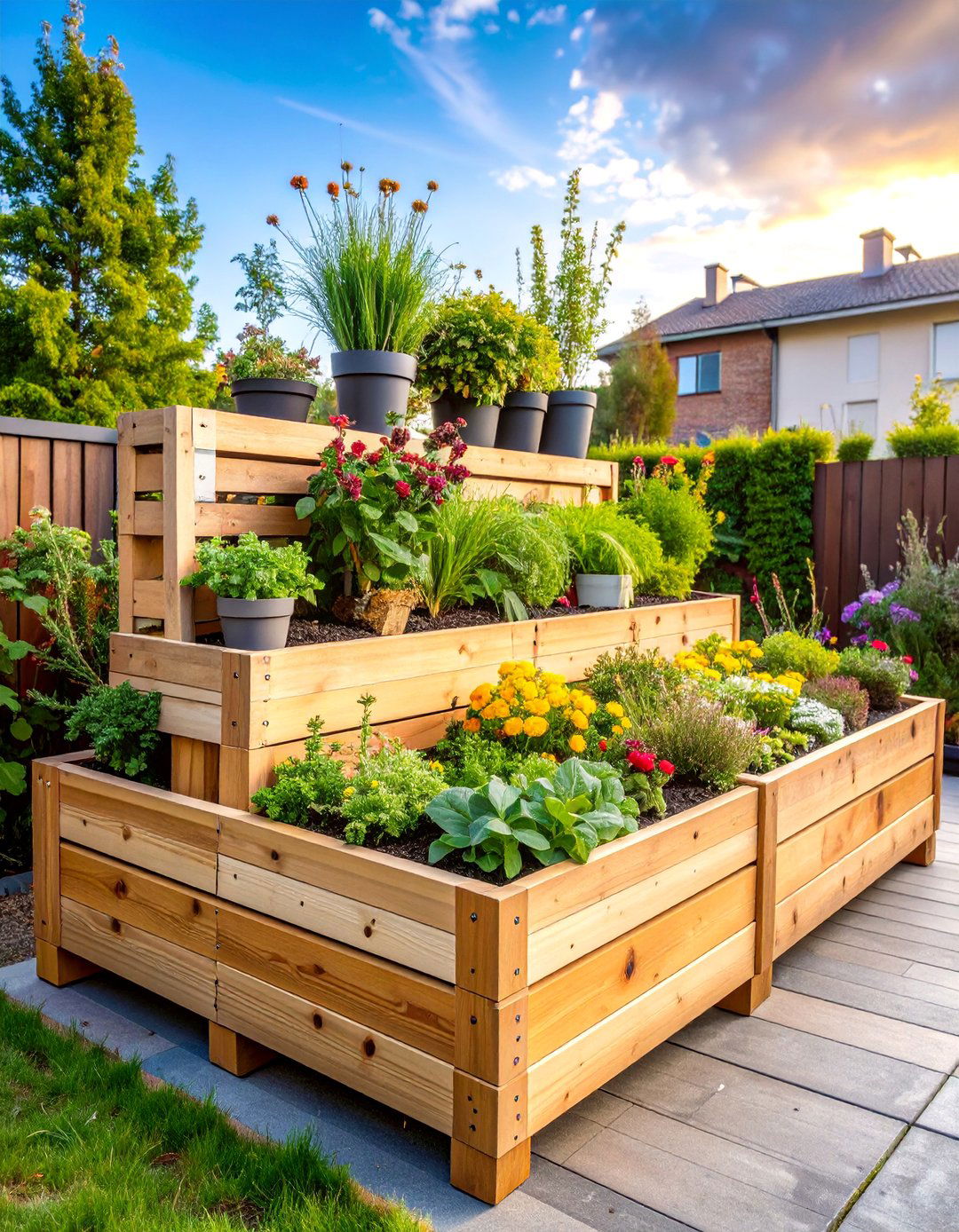




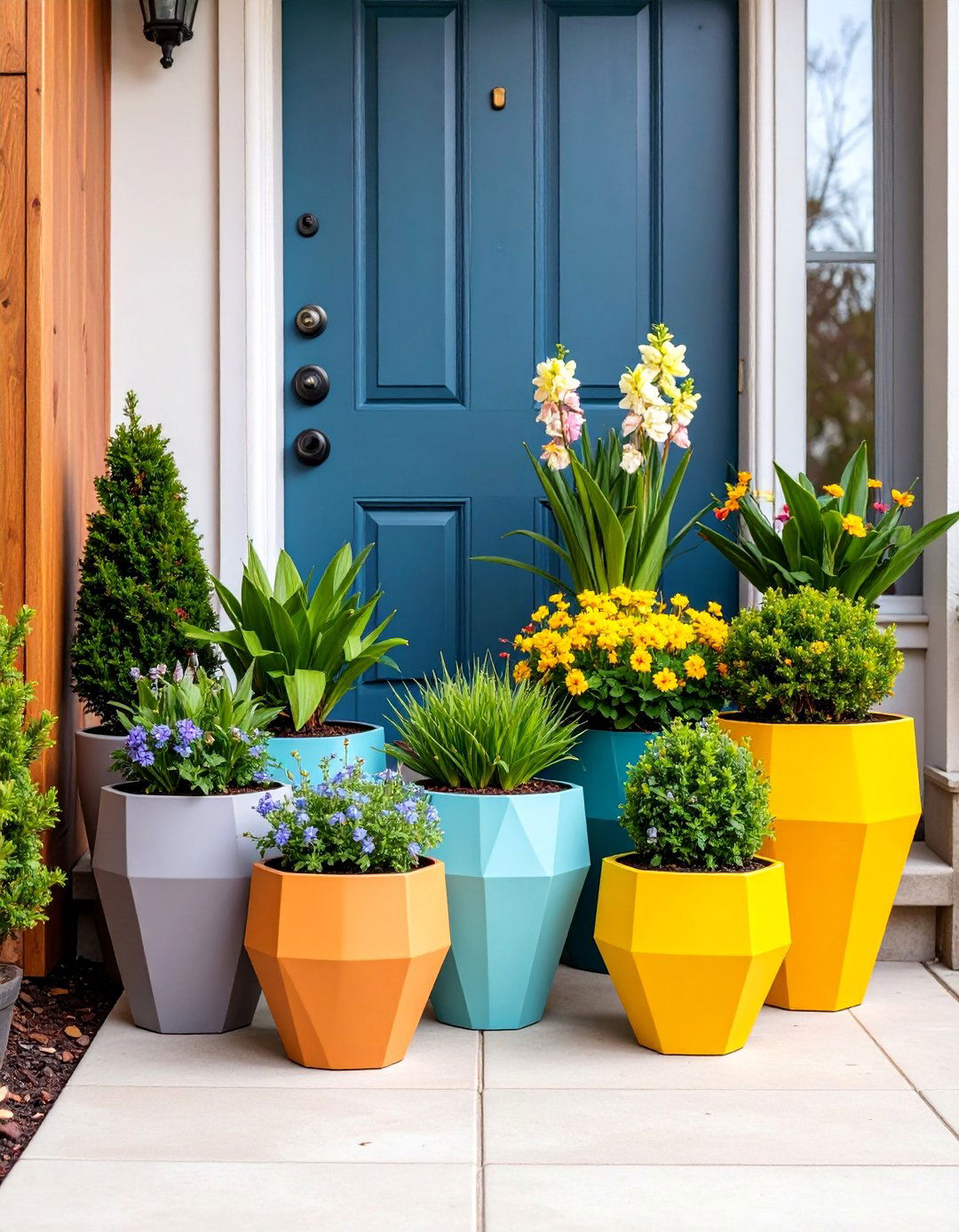


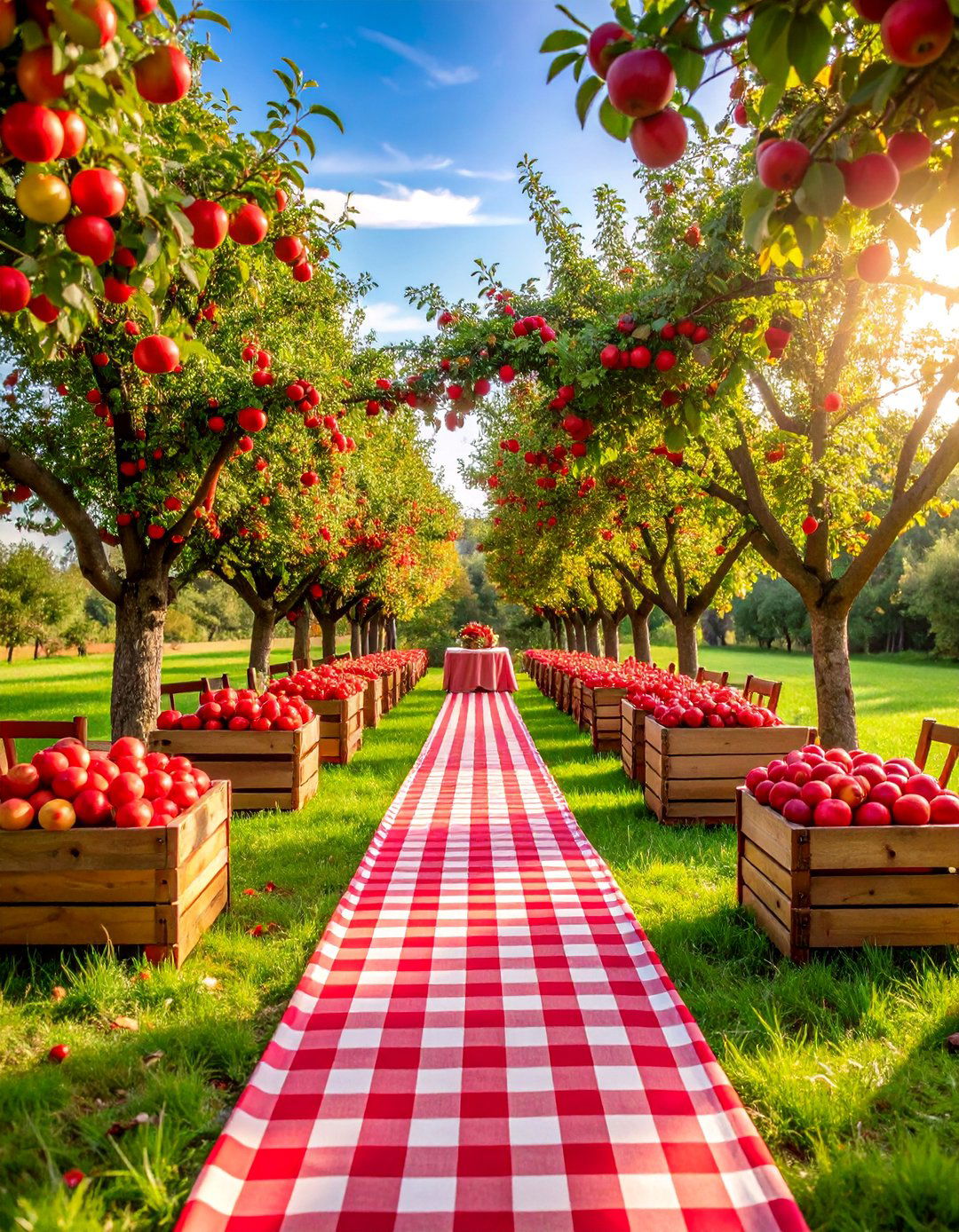


Leave a Reply